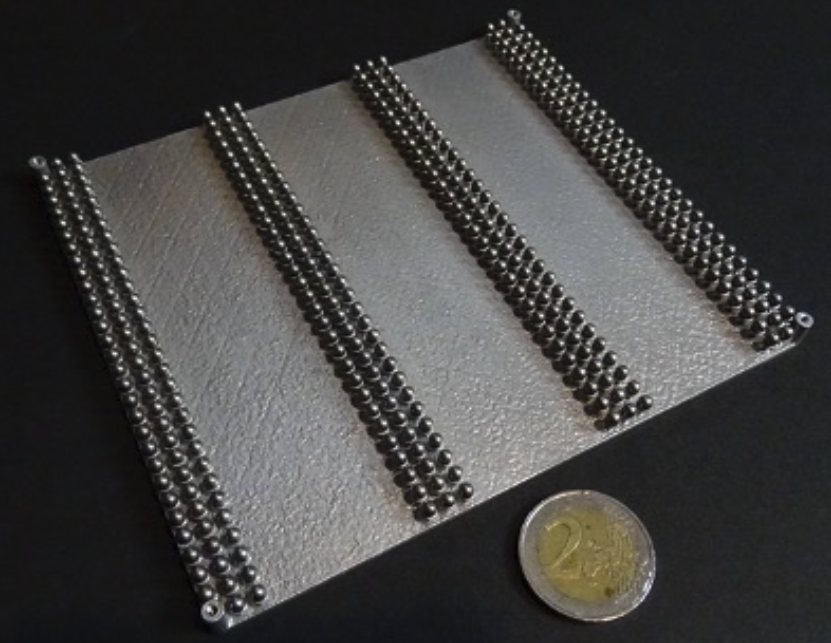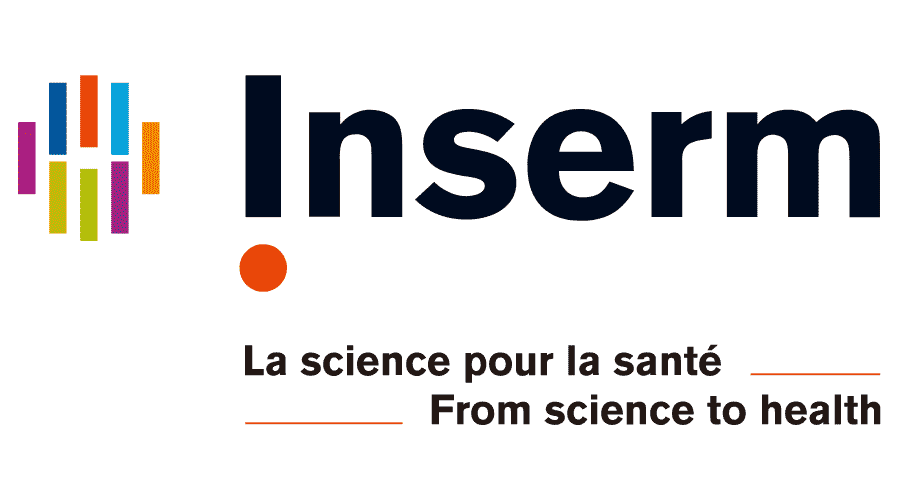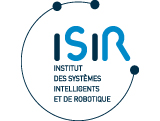Everyday tactile interactions, from a gentle caress to the evaluation of natural materials, usually involve multiple fingers. Several tasks require bi-manual exploratory procedures such as Braille reading. In general, a wide range of perceptual tasks have been shown to be better performed using multiple hands or fingers. Each skin contact can yield a specific state that is integrated with concomitant tactile and multisensory inputs. Even on flat surfaces, users often use both hands to explore the surface’s tactile properties.
A critical current limitation of tactile displays is the rendering of distinct haptic feedback at any location on the screen. Since both vibrotactile and frictional surface haptic technologies rely on vibrations, it is extremely challenging to confine the waves in order to provide localized haptic feedback.

Thus, localization of haptic feedback remains a hard question in haptics that is still open and under-investigated. In the Multiscale interaction team at ISIR, we have obtained interesting preliminary results for confining acoustic waves through acoustic metamaterials. By appending acoustic metamaterials to the screen of the tactile display, we managed to confine stationary ultrasonic vibrations within a specific waveguide and modulate friction in a localized area of the display. This first step raised critical scientific questions such as the maximum resolution that can be achieved, the range of frequencies for which confinement can occur, and the possibility to program the localization of the multi-finger haptic feedback in real-time. The physical laws underlying the concept of acoustic metamaterials and existing literature suggest the possibility to decrease the size and number of the structures, vary materials, but also to develop active acoustic-elastic metamaterials that can be programmed to either block or let through vibration propagation.
Publications
Phononic crystals applied to localised surface haptics. Daunizeau T, Gueorguiev D, Haliyo S, Hayward V. IEEE Transactions on Haptics. 2021 Apr 12;14(3):668-74.




